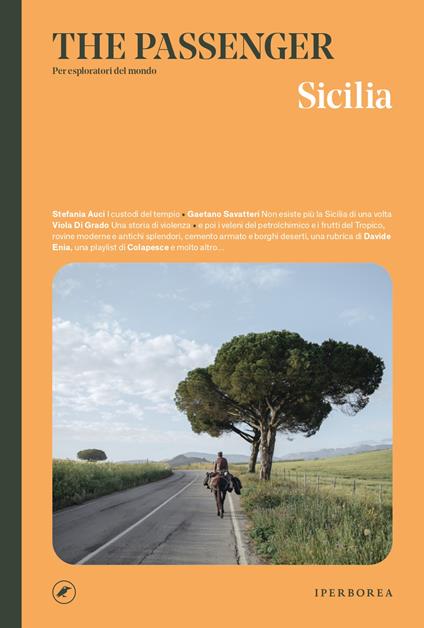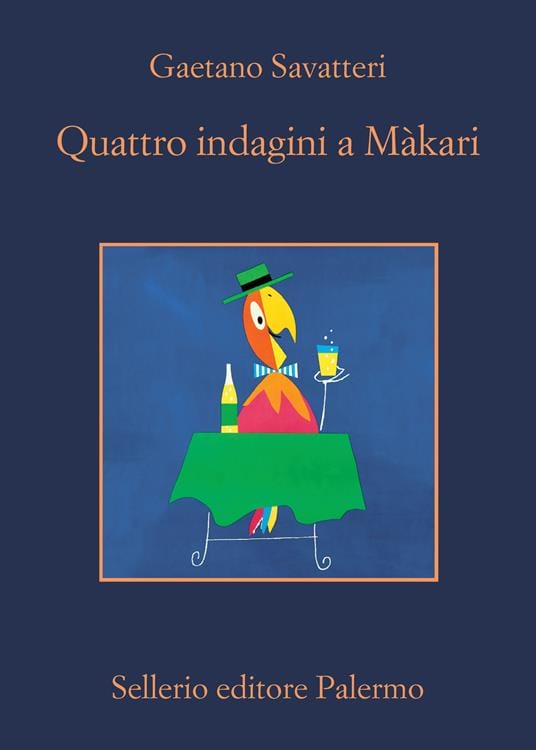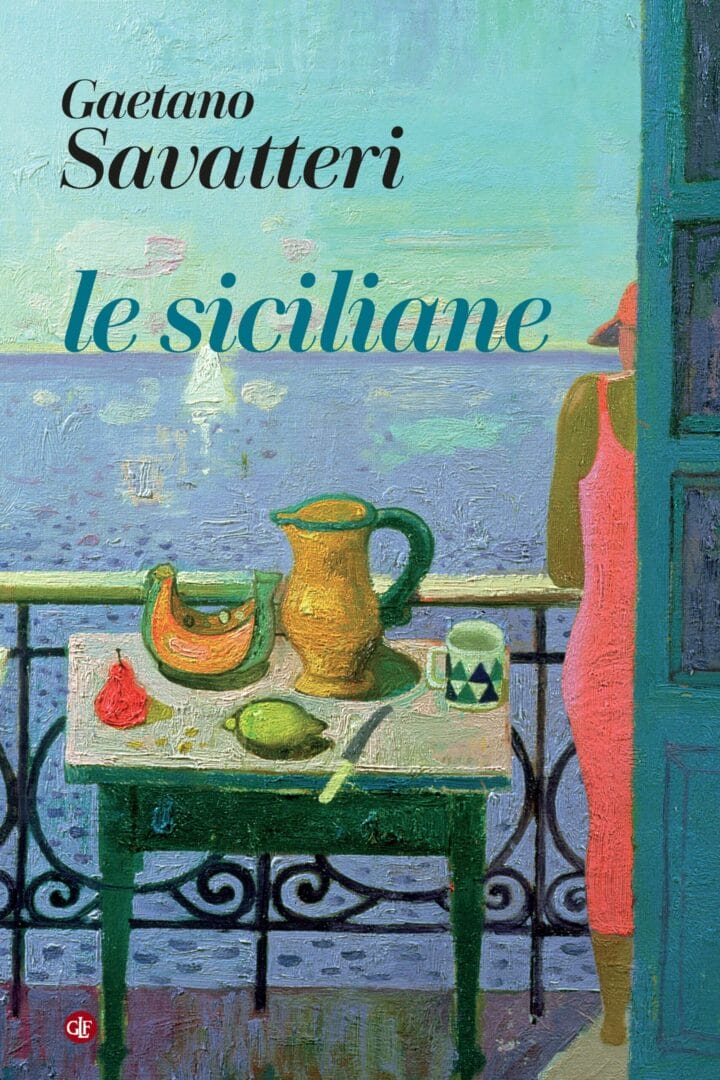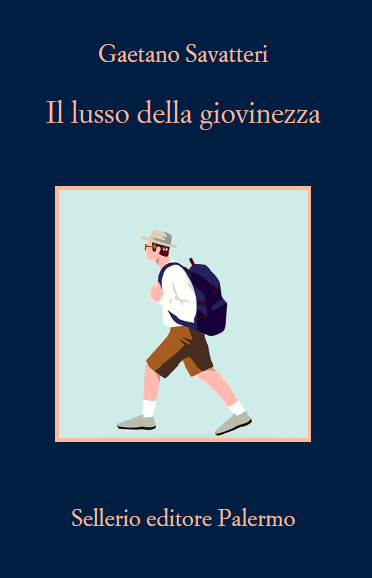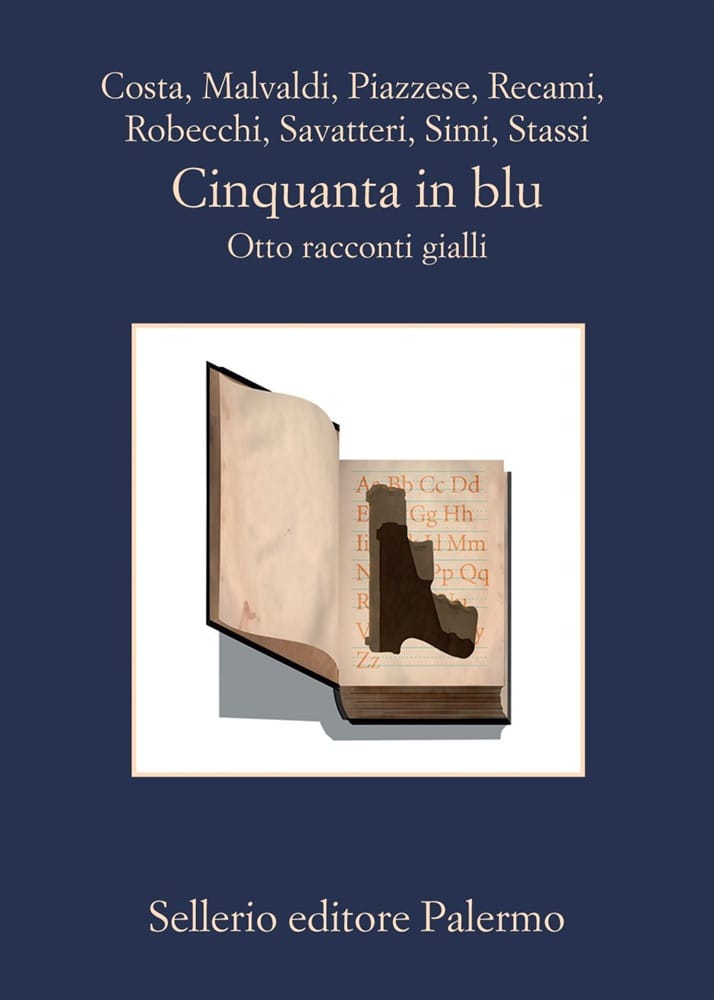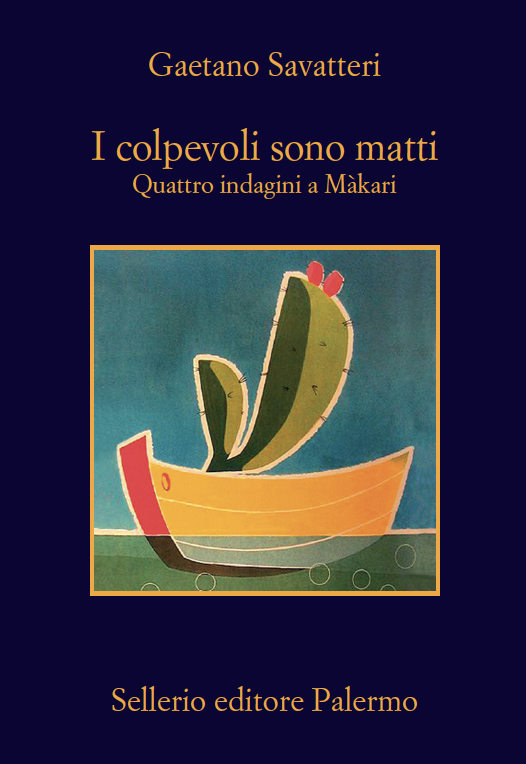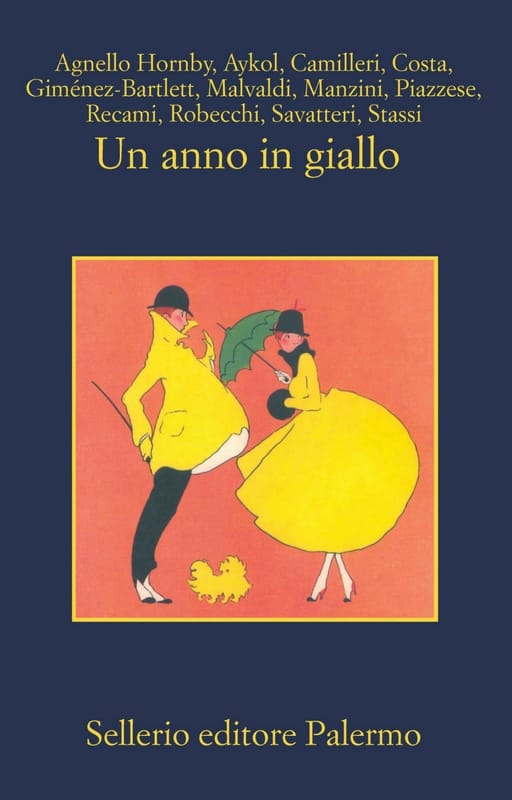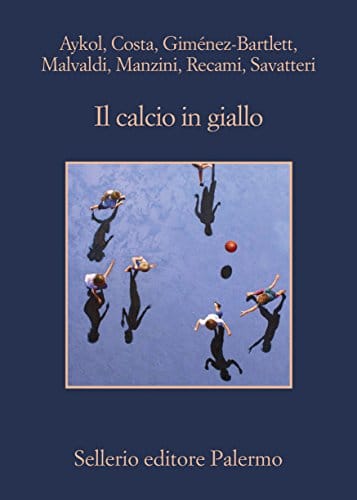Gaetano Savatteri
Gaetano Savatteri was born in Milan in 1964 and lives in Rome.
He is a journalist and writer.
He began his journalistic career at Giornale di Sicilia, then moved to Rome where he collaborates with Tg3 and Tg5.
His books include La congiura dei loquaci (Sellerio, 2000), La ferita di Vishinskij (Sellerio, 2003), I Siciliani (Laterza, 2005), Gli uomini che non si voltano (Sellerio, 2006), La volata di Calò (Sellerio, 2008), Uno per tutti (Sellerio, 2008), I Ragazzi di Regalpetra (Rizzoli, 2009), Strani Nostrani. Storie di Siciliani fuori dal comune (Novantacento, 2010), La fabbrica delle stelle (Sellerio, 2016), Non c'è più la Sicilia di una volta (Laterza, 2017), La congiura dei loquaci (Sellerio, 2017), Il delitto di Kolymbetra (Sellerio, 2018), Il lusso della giovinezza (Sellerio, 2020), Quattro indagini a Màkari (Sellerio, 2021) and I colpevoli sono matti (Sellerio, 2022). In 2022 he edited, also for Sellerio, the volume L'isola nuova. Trent’anni di scritture in Sicilia. He has also published several short stories in anthologies published by Sellerio.
He has published essays and surveys on Cosa Nostra.
In November 2015, the novel of the same name Uno per tutti was made into a film directed by Mimmo Calopresti.
In 2021, the TV series Màkari starring Claudio Gioè, based on the novels and short stories featuring journalist and investigator Saverio Lamanna, premiered on Rai 1 in prime time. The series has met with great critical and audience success and reached its third season in 2024.

